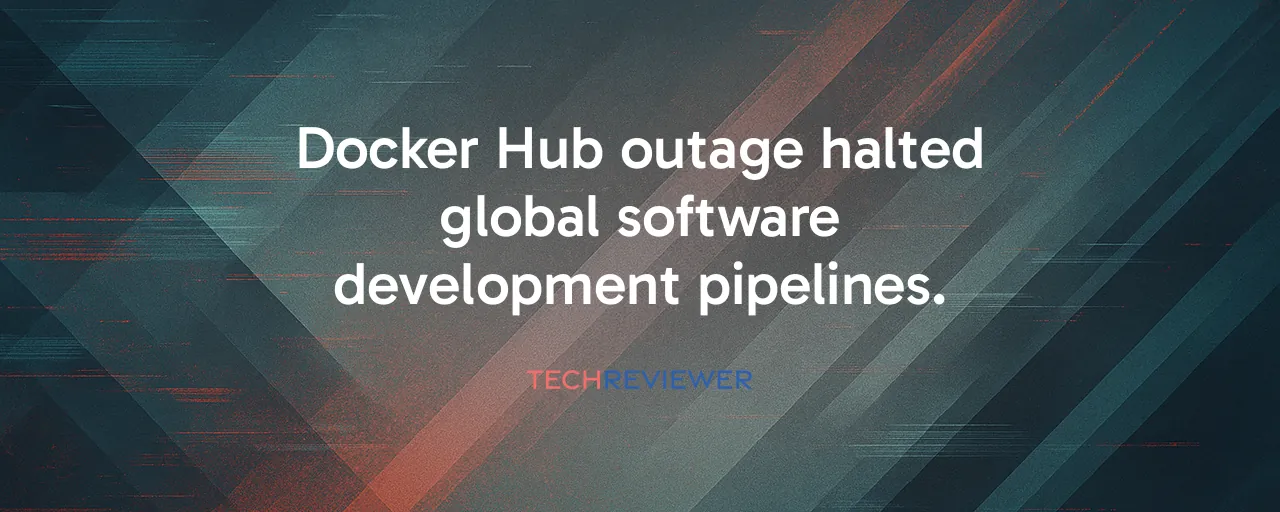A Sudden Halt in Global Development
On October 20, 2025, software developers worldwide hit a wall when Docker Hub, the largest container registry, went offline for 15 hours. Triggered by a DNS resolution failure in Amazon Web Services' US-EAST-1 region, the outage blocked access to container images, documentation, and automated build tools. Teams couldn't pull base images or deploy updates, grinding continuous integration pipelines to a halt. From startups to Fortune 500 companies, the ripple effects were immediate and widespread.
The Docker Hub outage began at approximately 12:16 a.m. PDT on October 20, stemming from a DynamoDB endpoint issue that cascaded across 113 AWS services. Docker Hub, reliant on AWS for compute, storage, and metadata, became one of 142 affected platforms. With 98 million outage reports globally, including 2.7 million from the U.S., the scale was staggering. Developers took to platforms like Reddit, sharing stories of stalled projects and frustrated teams.
A Startup's Standstill vs. an Enterprise's Recovery
Consider a small startup preparing for a product launch. When Docker Hub went down, their development pipeline froze, unable to pull images for testing or deployment. With no fallback registry, the team lost a critical day, delaying their market entry and burning through tight budgets. This scenario, drawn from posts on developer forums, shows how single-registry dependency can cripple smaller organizations without redundant systems.
In contrast, a large telecommunications provider with a mature DevOps setup weathered the storm better. While their Kubernetes clusters initially failed to scale due to inaccessible images, they had cached some base images locally. By rerouting workflows to an alternative registry like Amazon ECR, they mitigated delays. Still, even their partial recovery highlighted the need for proactive multi-registry strategies, as the outage exposed gaps in their resilience planning.
The Hidden Cost of Centralized Convenience
Docker Hub's dominance comes from its simplicity, serving over one million active clients monthly with billions of image pulls. Its centralized model, backed by AWS's robust services like EC2 and S3, offers developers a single, trusted namespace. Yet, the October outage revealed the fragility of this setup. When DNS issues hit AWS's DynamoDB, Docker Hub's entire ecosystem, from authentication to billing, collapsed, showing how a single region's failure can paralyze global operations.
The incident sparked debates about the trade-offs of centralized registries. Advocates for Docker Hub praise its integration with tools like GitHub Actions and Jenkins, streamlining workflows. Critics, however, point to the outage as evidence that relying on one provider, even a giant like AWS, invites risk. With 30 percent of global cloud computing tied to AWS, the concentration creates a domino effect when failures occur.
Learning From the Chaos: Paths to Resilience
The outage pushed companies to rethink their dependency on single cloud regions. Experts suggest multi-region architectures, where registries replicate images across geographic zones to ensure availability. Tools like Skopeo can mirror images to alternatives like Google Artifact Registry or Harbor, reducing reliance on one provider. The catch? Setting up these systems demands time and expertise, a hurdle for smaller teams.
Another lesson is the value of chaos engineering. Companies that regularly test for DNS failures or registry outages, as recommended by AWS's Well-Architected Framework, were better equipped. For instance, a financial services firm reported on forums that their failover drills allowed partial workflow continuity. As container adoption grows, projected to hit $16.32 billion by 2030, investing in such resilience will separate the prepared from the stranded.
A Wake-Up Call for the Future
The Docker Hub outage wasn't just a technical hiccup; it was a signal of deeper vulnerabilities in our digital infrastructure. With healthcare and IT sectors leaning heavily on containers, growing at 29.1 percent and holding 41.43 percent market share respectively, the stakes are high. Regulatory bodies, especially in Europe, are now eyeing stricter rules for cloud resilience, citing data sovereignty concerns.
Developers and companies face a choice: stick with the convenience of centralized registries or embrace the complexity of multi-cloud redundancy. The incident also boosted competitors like GitHub Container Registry, as firms explore alternatives. As one DevOps engineer put it online, 'We can't keep betting everything on one cloud.' The push for federated, resilient systems is gaining traction, and this outage may be the spark that drives lasting change.
